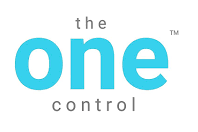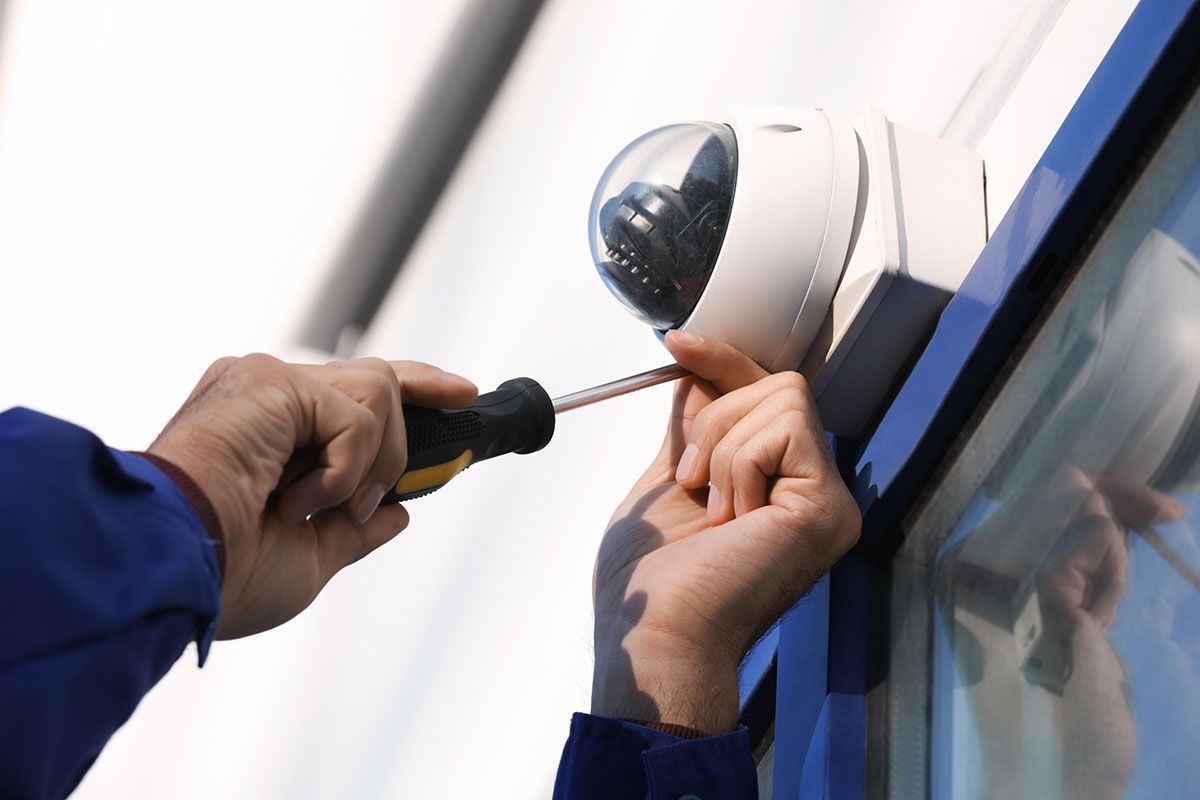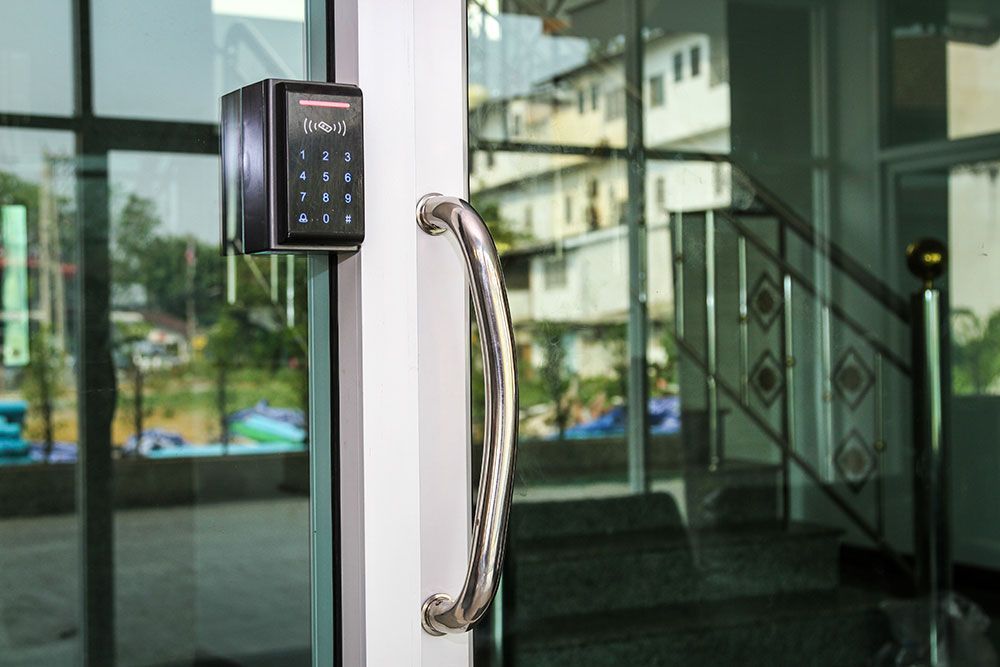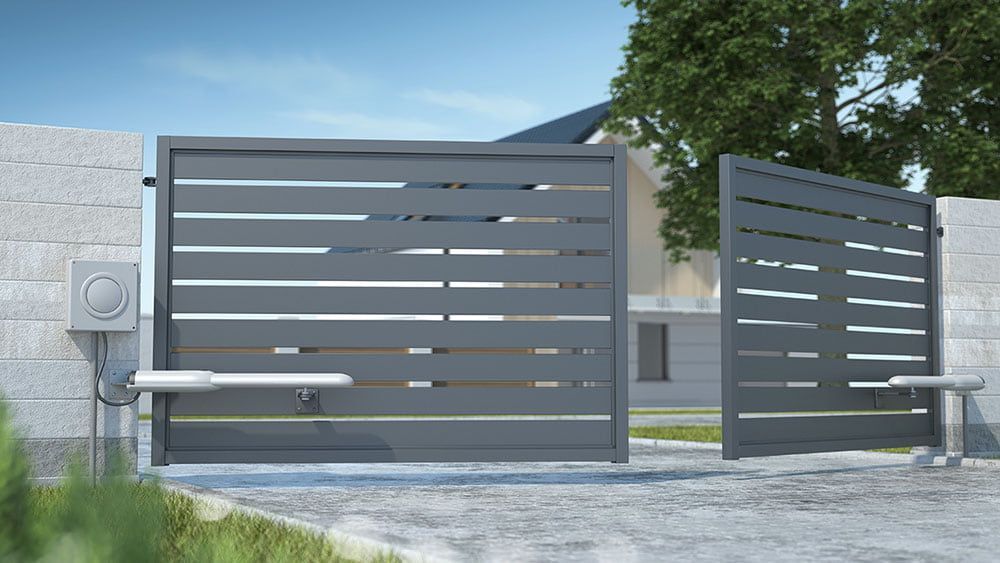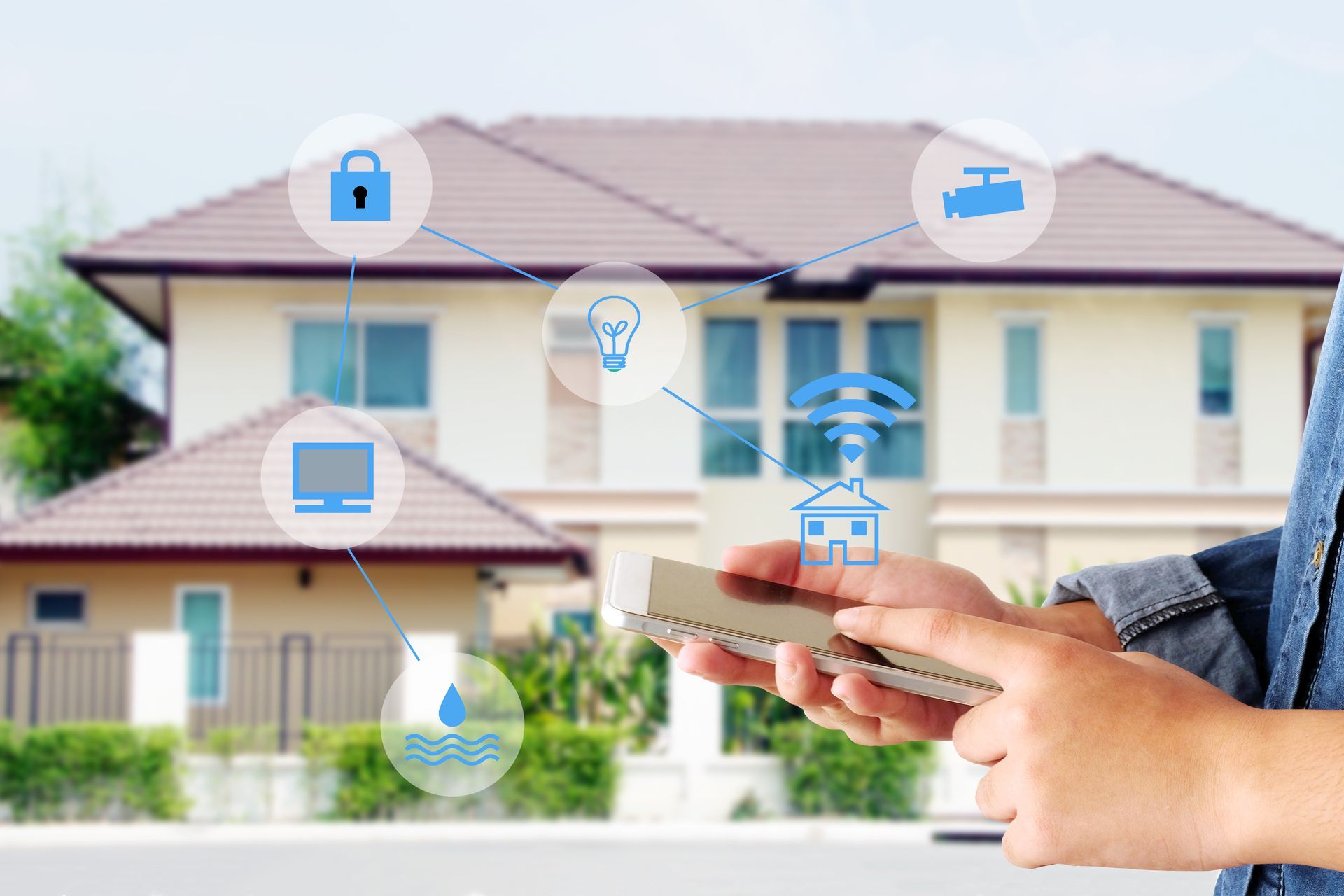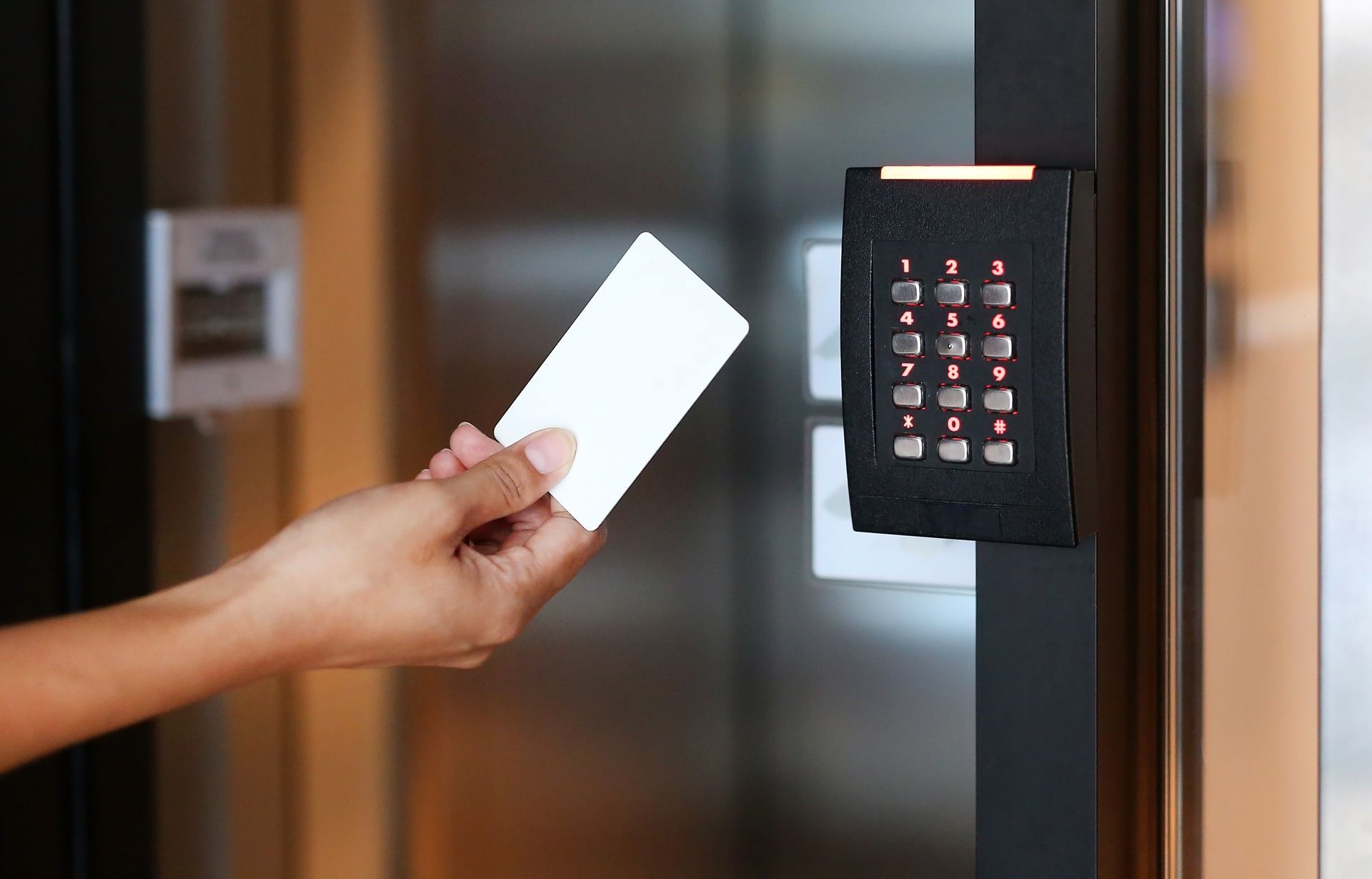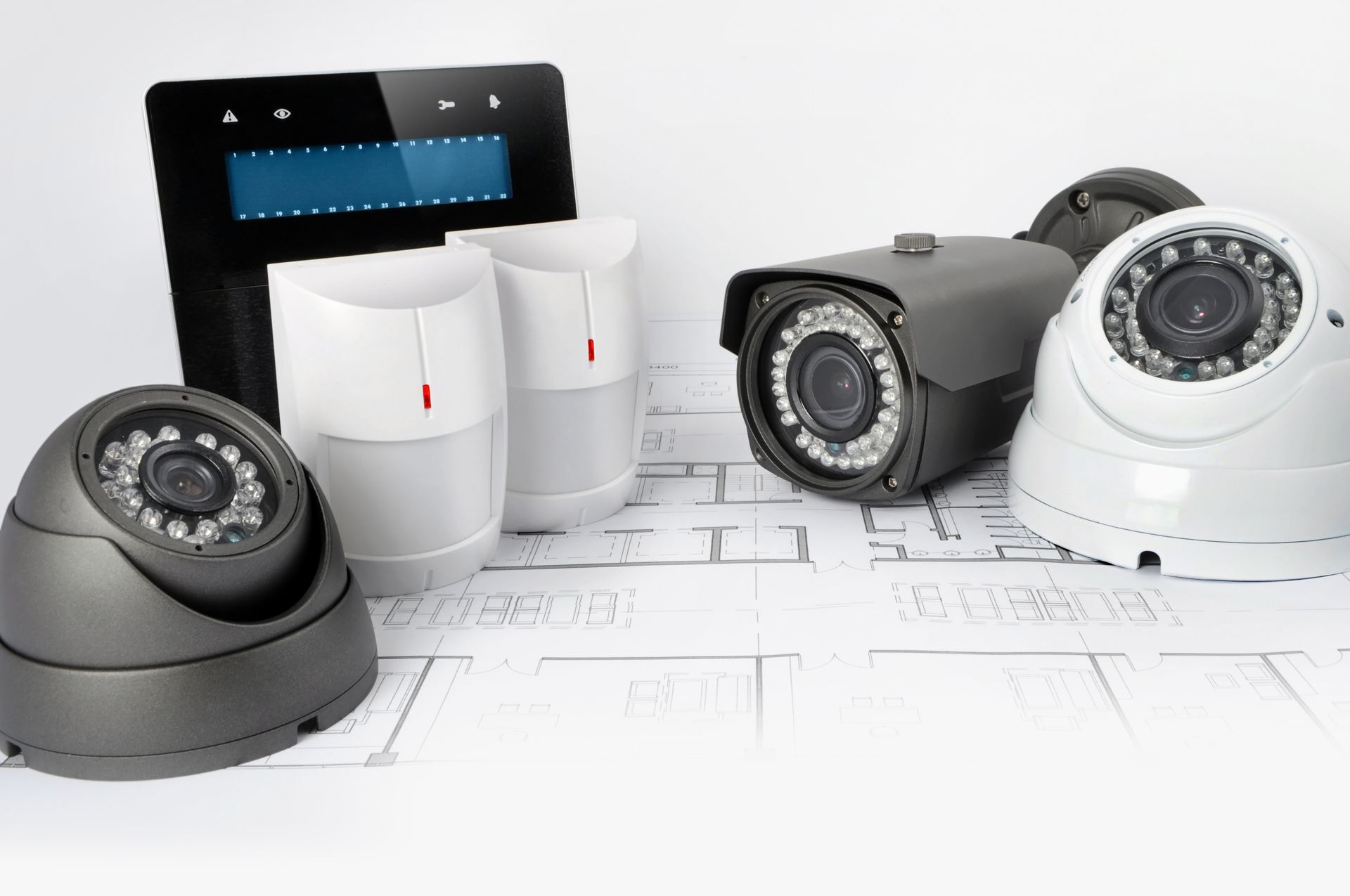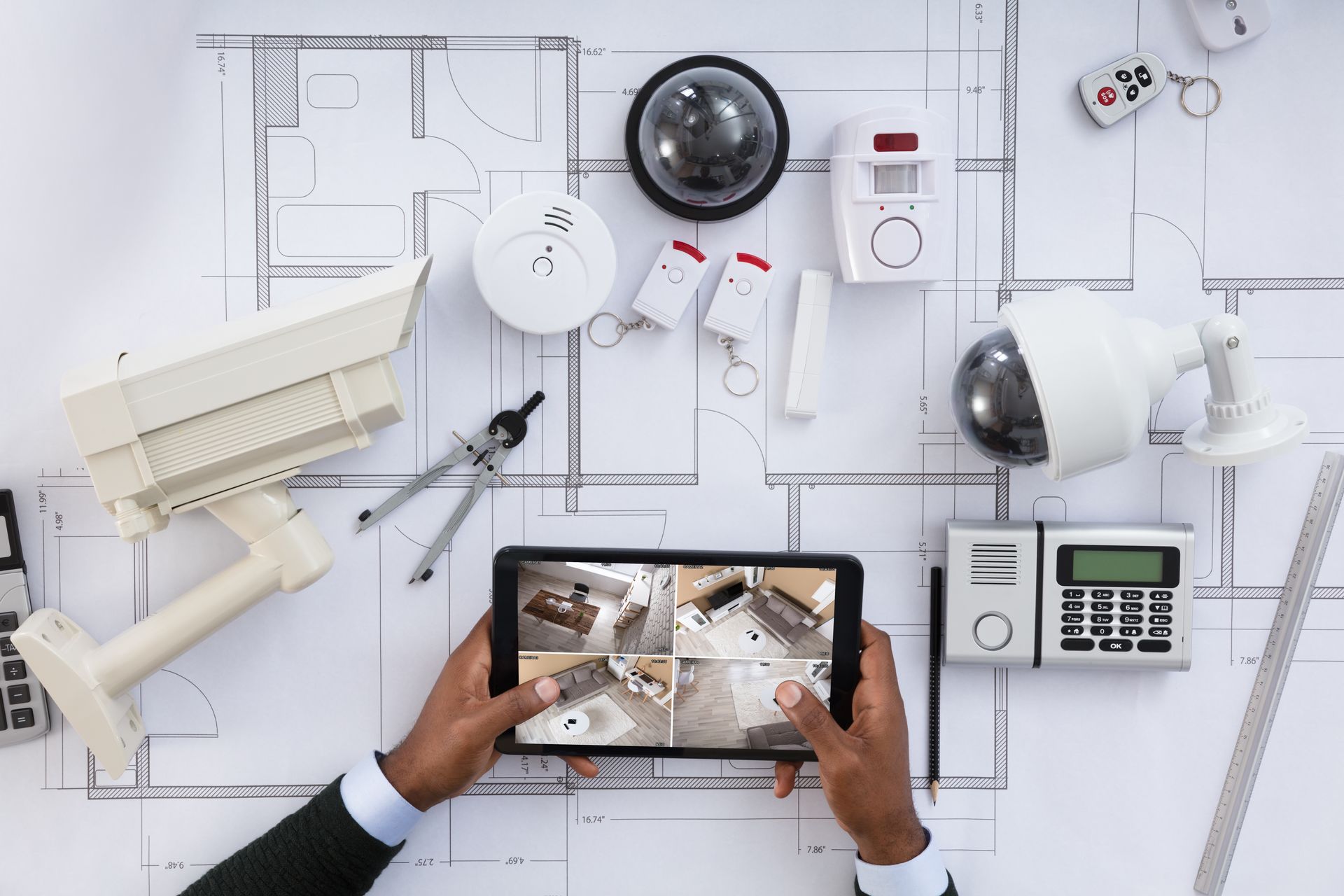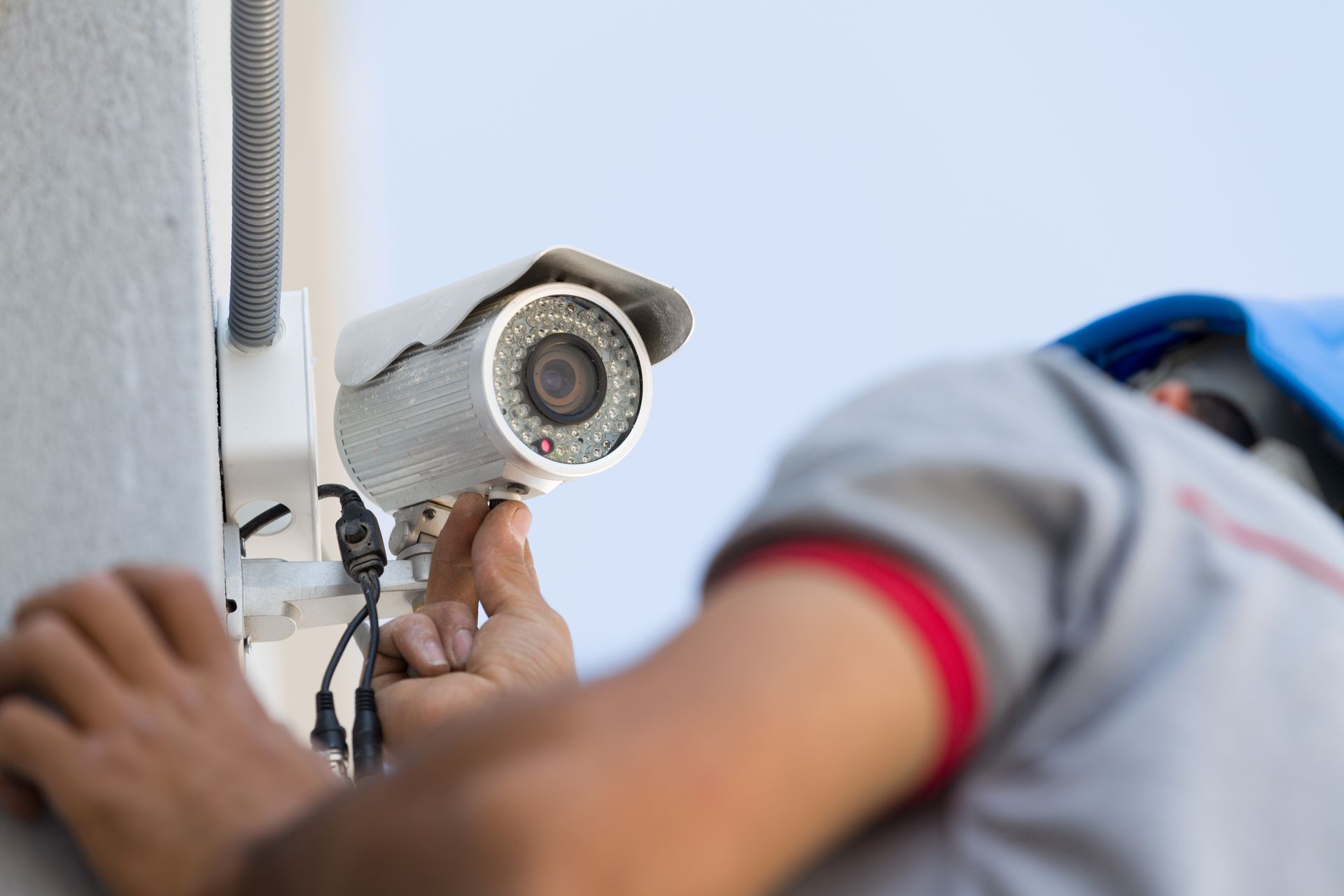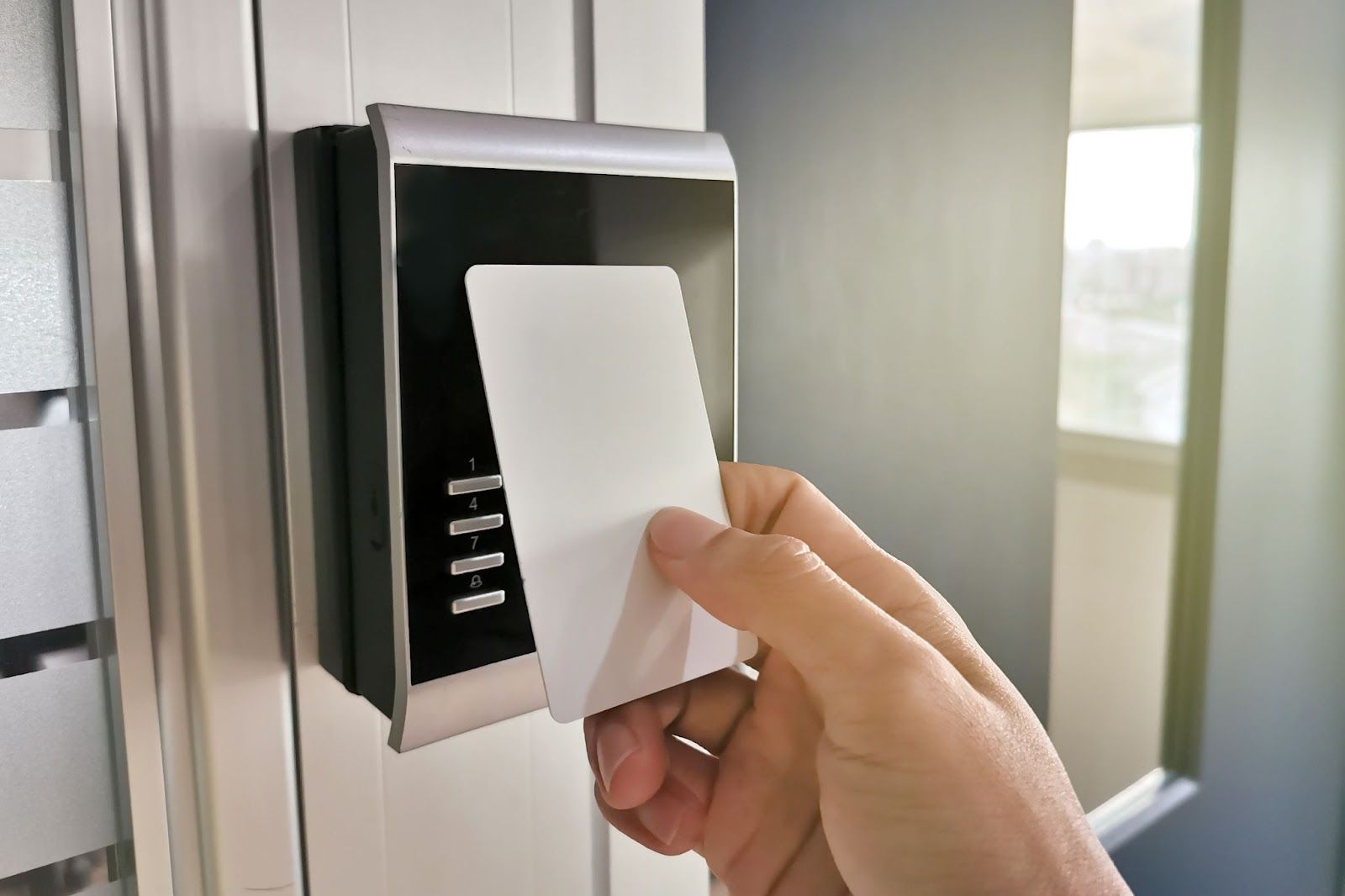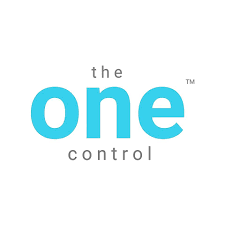Door Access Malaysia: System Types, Compliance & Integration
As safety and controlled entry become increasingly important, many are turning to advanced door access systems to protect both homes and commercial spaces. In Malaysia, these systems have gained popularity as integral components of comprehensive building management and automation strategies.
They go beyond just unlocking doors—they manage access, monitor movement, and form part of a larger building automation or security setup. Whether it’s for your home or office, understanding how door access works in Malaysia, including system types and regulatory compliance, is the first step toward creating a safer, smarter environment.
Exploring Key Technologies Behind Door Access Systems
Understanding the core technologies in modern access systems is crucial for choosing the right one for your needs. While some solutions are designed for ease of use in residential settings, others offer robust control and logging features suitable for high-security areas or commercial environments.
Mechanical vs Digital Authentication Methods
Mechanical access methods, such as keys and pin-based locks, have been widely used due to their affordability and simplicity. However, they offer limited scalability and no integration potential with other digital security systems.
In contrast, digital door access systems provide far greater functionality. These include card readers, biometric scanners, and touchscreen keypads that are linked to cloud-based platforms or on-site servers.
Digital methods enable greater control, allowing users to be added, removed, or granted specific access times through centralised software. This makes them ideal for offices, schools, and residential buildings with high turnover.
Credential Options: Mobile Access and RFID Tags
RFID tags and access cards are among the most popular credential options in Malaysia due to their ease of use and cost-efficiency. These cards or tags can be quickly scanned at entry points and easily replaced or reprogrammed.
Mobile access, which leverages smartphones via Bluetooth or NFC, is also gaining traction for its user-friendly convenience. Users can unlock doors through an app without needing any physical cards. This method is especially beneficial in environments that require remote access control or where users frequently change, such as co-working spaces or rental accommodations.
Security Features That Support Smarter Access
Door access systems in Malaysia today are equipped with smart features that add additional layers of security and functionality. Not only do they control access, but they also monitor, alert, and integrate other security mechanisms for real-time safety assurance.
Tamper Alerts and Event Logging in Real Time
Modern systems come equipped with tamper detection technology. If someone attempts to interfere with the reader or lock, the system can automatically trigger alerts or initiate lockdown protocols.
Real-time event logging is another powerful feature. Every access attempt, whether successful or denied, is recorded in the system. This is particularly useful for auditing and security reviews, as it allows administrators to track who accessed which area and when.
Facial Recognition and Smart Entry Capabilities
Biometric technology, especially facial recognition, has rapidly become a go-to solution for high-security applications. Unlike cards or passwords, faces are harder to forge and cannot be lost or stolen.
Smart entry features may also include automatic unlocking when a recognised user approaches or integration with elevators and lighting systems for a more seamless user experience. These features are particularly valuable in premium residential properties and forward-looking commercial complexes seeking to blend convenience with top-tier security.
Integrating Systems Seamlessly with Existing Infrastructure
One of the common concerns when installing or upgrading door access systems in Malaysia is whether the new technology can fit into an existing building layout. Fortunately, modern systems are designed to be highly adaptable, reducing the need for extensive modifications.
Fitting Access Controls to Existing Frames and Layouts
Many installations involve minimal disruption. Whether it’s a metal gate, a glass door, or a wooden frame, access systems can be tailored to suit the structure and materials. Surface-mounted readers, wireless locks, and narrow-profile units enable installations that balance both function and form while preserving the current design of the entrance.
Power Supply, Network Setup and Cabling Plans
A successful access control system also depends on a reliable power and network setup. Whether the system is wired, wireless, or cloud-based, the installation must consider cabling routes, power backup solutions — such as uninterruptible power supply (UPS) — and seamless network integration.
For buildings with multiple access points—whether residential blocks or commercial offices—structured cabling and dedicated network lines reduce downtime, and simplify future upgrades.
Just realised how outdated setups could be limiting your building’s security?
Schedule an upgrade review today to take the next step toward a safer, smarter property.
Meeting Compliance Standards in Malaysia
While adhering to Malaysian standards and safety regulations is legally required, it’s also essential for ensuring long-term reliability and user safety.
Whether you’re upgrading an old system or installing a new one, following these compliance protocols ensures peace of mind.
SIRIM-Certified Equipment and Qualified Installers
The Malaysian market recognises SIRIM certification as a mark of quality and safety. When purchasing a door access system, always ensure the equipment is SIRIM-certified. This ensures the hardware has undergone rigorous testing and meets national performance standards.
Equally important is choosing an experienced and certified installer. A professional team ensures correct wiring, system configuration, and alignment with local regulations, including any necessary submissions for building approvals or fire department reviews.
Fire-Safety Alignment and Data Security Protocols
Access systems must also meet fire and emergency escape requirements. In the event of a fire or power failure, doors should allow for a safe exit. This requires careful integration with fire alarms and emergency override systems to comply with Malaysian fire safety codes.
Data protection is equally important, especially when facial recognition or personal credentials are used. Access systems should utilise encrypted communication and secure storage to safeguard user information and comply with current privacy regulations, thereby reducing the risk of data breaches.
Install a Compliant Door Access System in Malaysia with The One Control
A secure property starts with smart, compliant access control. Whether for your home, office, or commercial site, it’s vital to choose a system that meets your needs and adheres to Malaysian regulatory standards. From biometric entry to RFID tags and smart integrations, door access systems in Malaysia continue to evolve—and so should your security strategy.
The One Control, with over 20 years of proven experience, provides tailored guidance and hands-on support for designing, installing, and maintaining compliant door access systems tailored for Malaysian homes and businesses.
Contact us today to receive expert guidance on creating a safer, more intelligent entry solution for your property.
